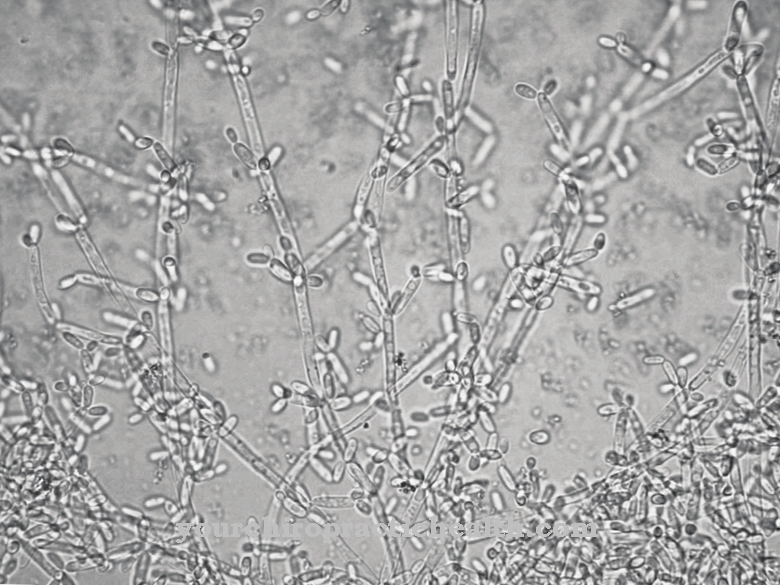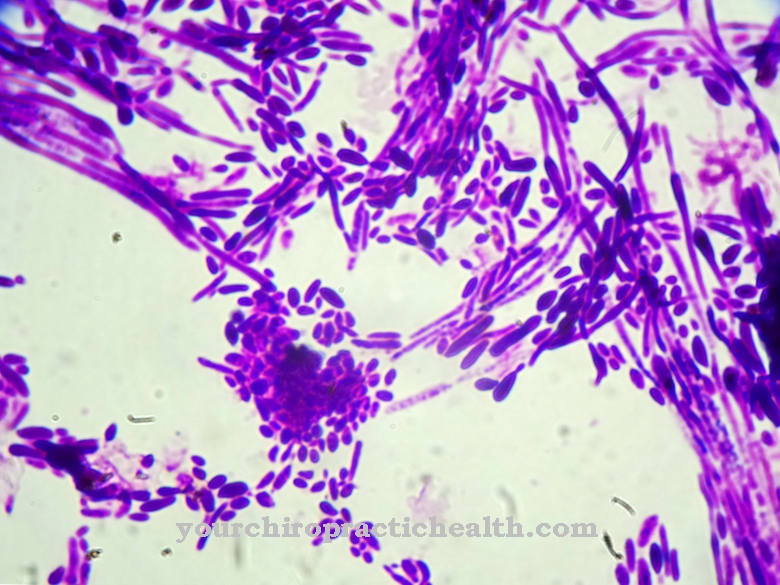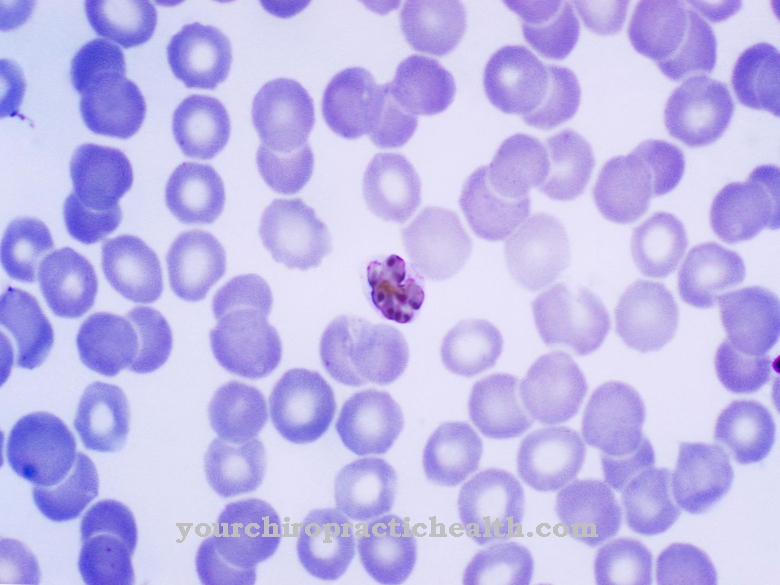Brucellen are rod-shaped bacteria that belong to the genus Brucella. They can cause the infectious disease brucellosis in humans.
What are Brucelles?
Brucella are gram-negative bacteria. Gram-negative bacteria can be stained red in the Gram stain. In contrast to the gram-positive bacteria, in addition to a thin layer of peptidoglycan made of murein, they also have an outer cell membrane. This distinction plays a crucial role in choosing the right antibiotics for treatment.
By 1986, the genus Brucella was divided into different species. But since the family trees all showed a certain resemblance, it was considered to group the entire bacteria to the species Brucella melitensis. Currently, however, the tribe is still divided into 10 subspecies. These include Brucella canis, Brucella abortus, Brucella melitensis, Brucella ovis, Brucella ceti and Brucella suis. The bacteria Brucella melitensis, Brucella suis, Brucella abortus and Brucella canis are pathogenic for humans.
Occurrence, Distribution & Properties
Brucella are common worldwide. They live in the urinary and sexual apparatus of sheep, pigs, cows and also dogs. There are endemic areas mainly on the Arabian Peninsula, in Asia, Africa and in Central and South America. In Germany, the cattle, sheep and goat herds are free of Brucella abortus and Brucella melitensis. In wild animals, however, the bacteria are still quite widespread. In Germany, therefore, infections are repeatedly caused by imported animals or the transmission of wild animals to farm animals. Since there is an obligation to report brucellosis, the figures are quite precise. Four to five cases are reported each year. Most of them are imported. Turkey is by far the most common country of infection. The reservoirs for pathogens are farm animals and wild animals. The native wild boar, for example, is a pathogen reservoir for Brucella suis.
Diseases in humans are mostly based on the consumption of contaminated food. The bacteria can also be transmitted to humans through direct contact with infected animals. However, unpasteurized milk is the most important source of infection for humans. Products made from unpasteurized milk are also a source of infection.
In principle, Brucella can enter the body not only via the digestive tract, but also via the conjunctiva, the airways or injuries in the skin. In addition, brucellosis is one of the infectious diseases that are often acquired in the laboratory. Direct transmission from person to person was hardly observed. An infection only occurred in isolated cases after blood transfusions, breastfeeding or sexual intercourse.
You can find your medication here
➔ Medicines for fever and chillsIllnesses & ailments
Brucelles belong to the facultative intracellular pathogens. They penetrate the body and are then absorbed by the phagocytes of the immune system when the immune system is functioning. This is how they get to the lymph nodes. From there they enter the bloodstream via the lymph and can reach all organs via the bloodstream. The pathogens settle particularly frequently in the lympho-reticular organs such as the spleen, bone marrow or liver. The incubation period is between 5 and 60 days.
In the case of the infectious disease, a distinction can be made between different forms. Around 90 percent of all infections are subclinical. So they do not cause any symptoms in the patient and can only be diagnosed with the help of an antibody test. In acute or subacute brucellosis, however, there is fever, night sweats, chills and nausea.
Febris undulans, a wave-like fever, is characteristic of the disease. The fever lasts for one to three weeks, followed by fever-free intervals. In the chronic form of brucellosis, however, the fever can persist for several months. Thirty percent of all patients have swelling of the liver or spleen. Often there are also infections of the bones and joints. While the sacroiliac joint is primarily affected in children, bacterial inflammation in adults is more likely to be found in the area of the intervertebral discs. The lumbar spine is affected in two thirds of patients. However, the x-ray does not show the inflammatory changes for two to eight weeks. The infection is associated with local severe pain and can also be associated with neurological abnormalities in the infection area.
In the course of brucellosis, however, other organs can also be affected. This can lead to inflammation of the testicles, meninges, pneumonia and inflammation of the heart valves. If the lungs are affected, the granulomatous inflammation centers can easily be confused with those of tuberculosis.
Most acute courses of brucellosis heal spontaneously and without permanent damage. However, five percent of patients relapse. Relapses can occur up to two years after the original illness. In addition to the healing, acute form, there is also the lengthy, chronic form of brucellosis. This is often associated with unspecific symptoms and psychological changes. These include depression, insomnia, and emotional lability, among others.
Brucellosis is usually treated with antibiotics. The gold standard is a two to three week therapy with doxycycline and streptomycin. Treatment for a period of six months may be necessary for chronic courses. However, a relapse can still occur even after therapy with antibiotics. Vaccinations against Brucella are not carried out in Germany. There are two live vaccines, but these are used only in veterinary medicine and not in human medicine.

















.jpg)







.jpg)


